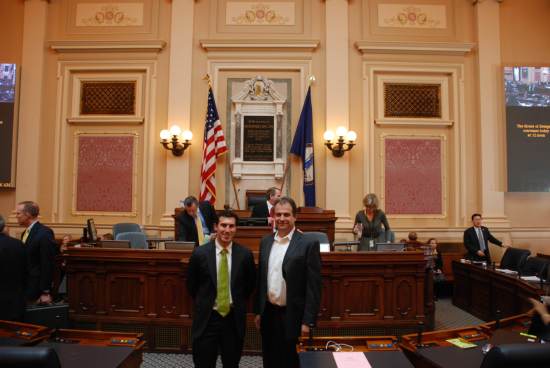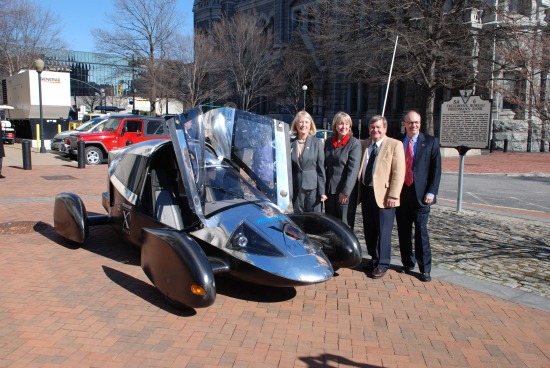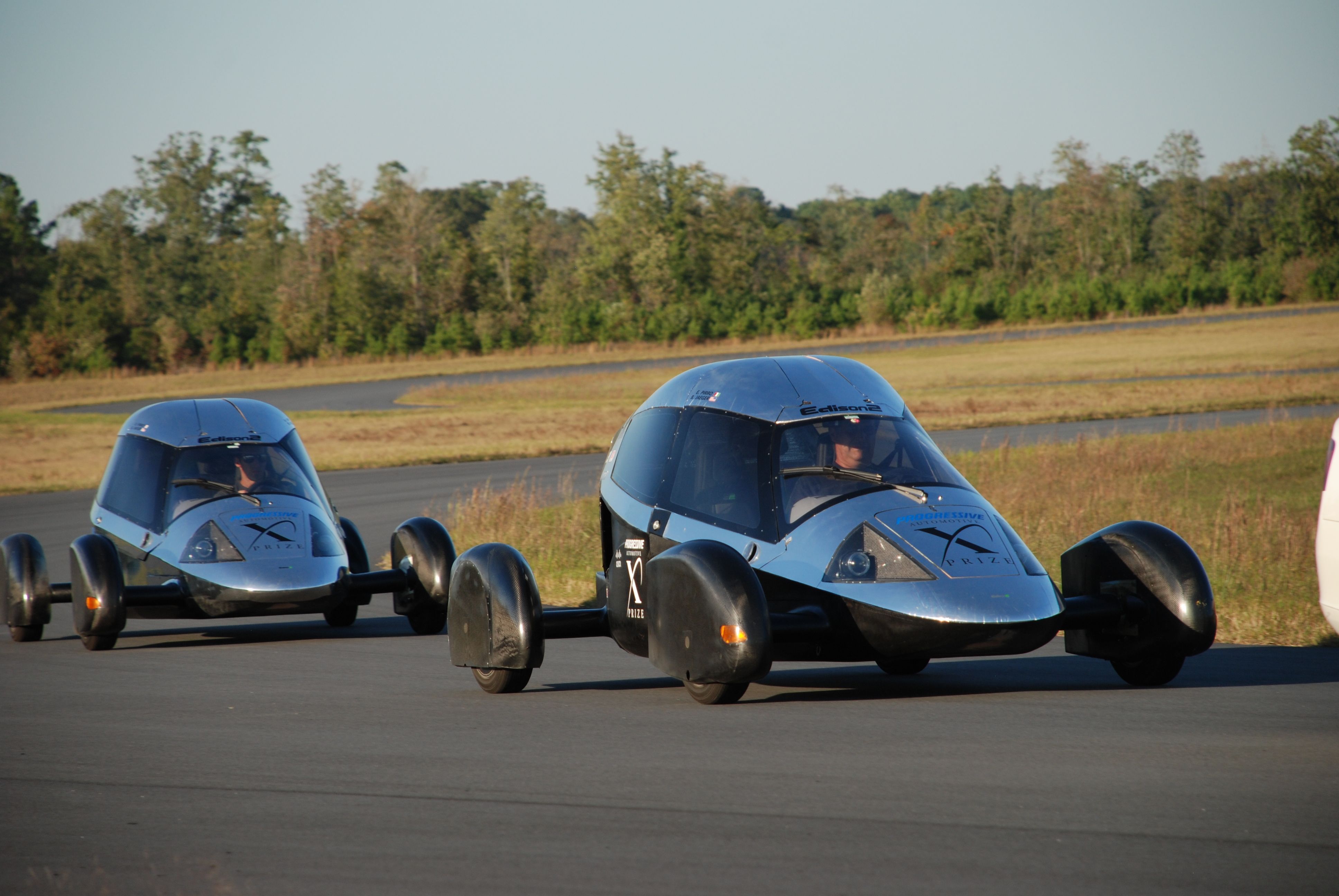Within the last few days the Chevy Volt has been named Motor Trend Car of the Year and the Nissan Leaf European Car of the Year. Clearly, the Volt and Leaf are leading the electric car bandwagon and we feel it’s time to share some thoughts.
Rating an electric car’s actual energy consumption can be a bit of a challenge. Even choosing the units is difficult: who can visualize watt hours per mile? The X-Prize handled this question by expressing energy consumption in terms of what’s in a gallon of gasoline: they called this mpge or miles per gallon energy equivalent. The conversion factor between gasoline and electricity (1 gallon of gas = 33.8 kilowatt hours) is fixed and not in dispute. We’re pleased the EPA have also now chosen mpge as their electric energy consumption unit.
In stark contrast to published claims by Chevy of 230 mpge and Nissan of 367 mpge, the EPA has recently rated the Volt at 93 mpge (when running on its batteries) and the Leaf at 99 mpge. Once its range extending gas backup engine kicks in, the Volt’s energy mileage drops further still, to 37 mpge.
The EPA arrived at these numbers by measuring the consumption of electricity actually delivered to the vehicle, the “plug to wheels” standard. This is directly equivalent to counting the energy of the gasoline pumped into the tank, or “pump to wheels”.
Whether it’s fair or accurate to use plug to wheels as the standard is another question. A Forbes essay, for example, says the EPA’s numbers ignore the considerably less than perfect efficiency of the power stations that generate the electricity the Volt and Leaf use. Therefore, Forbes argues, the two cars’ real energy consumption is significantly higher than the EPA reports. But, in turn, Forbes (and other websites we’ve seen commenting on the same question) ignores the energy cost of extracting, refining and transporting to the gas station the gasoline burned in regular cars.
There’s some real sticker shock with both the Volt and Leaf’s electric range: 37 and 77 miles respectively. After that, the Volt’s gas engine has to kick on and the Leaf simply stops moving. Electric car range is a tricky thing, very dependent on weather and driving style. Wipers, heat, A/C and lights all draw their power solely from the battery and highway driving offers little opportunity for regenerative braking. But the plain fact is, neither car will go very far on its battery. So, for now at least, we think the Volt is the better idea because its gas backup engine can always get you home.
Of course, for the Leaf or Volt to have any electric range at all, owners must remember and find the time and place to recharge them.
We feel the EPA sticker glosses over the very serious issue of emissions. While Nissan may claim in ads the Leaf emits no pollution and the EPA’s sticker shows zero, the fine print in both says it all: they mean no “tailpipe” emissions. It’s certainly the case that generating the electricity on which electric cars run causes pollution.
The majority of the United States’ electricity is generated by burning coal and the majority of the remainder by burning natural gas. Although it varies by just exactly where you are in the nation, wind, solar, hydro and tidal electricity generation are small parts of the overall picture. Argonne National Labs’ GREET (Greenhouse Gases, Regulated Emissions and Energy Use in Transportation) model – which was used by the X-Prize – takes into account the underlying emissions from electricity generation. On this basis, the Leaf’s 99 mpge means the power stations producing its electricity emit about 230 grams of CO2 for each mile the car runs. This is about 2.8 times the amount measured by an EPA certified lab for the Very Light Car.
It’s worth pointing out that neither the Leaf nor the Volt meet the performance, efficiency and emissions requirements of the X Prize. In fact, they’re a long way short. Edison2’s Very Light Car won; the Leaf and Volt would have been eliminated.
Edison2 is an optimistic organization and looks to the positive. We are thrilled that Chevy and Nissan are working towards more efficient cars, demonstrated by the Volt and Leaf. Both are worthy efforts and we congratulate the engineers who worked on them. We were parked next to a Volt at the Virginia Governor’s Energy Conference in October and were impressed by what we saw. But at the end of the day, both the Leaf and Volt are 3500 lb cars with unexceptional aerodynamics and therefore, whatever drives them, their efficiency is limited.
Edison2 is energy source agnostic. We simply make a much more efficient car. Because of that, whether it runs on electricity or gas, the Very Light Car uses less of either to drive and causes less pollution.



 Events
Events 



